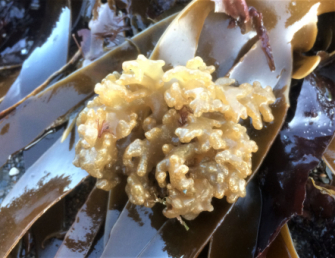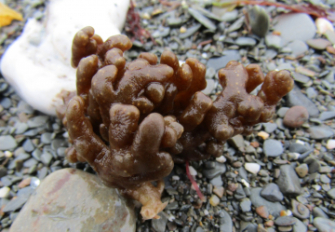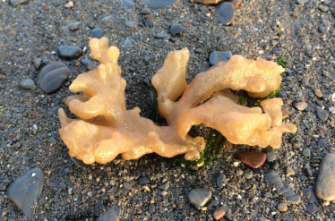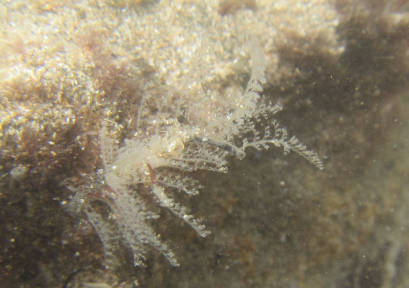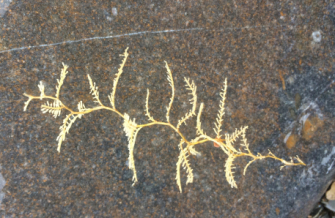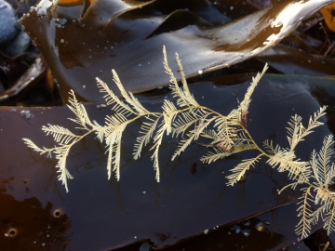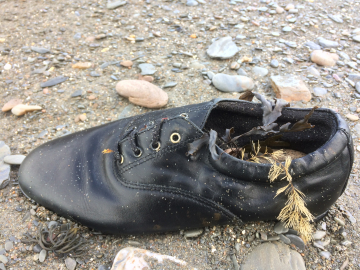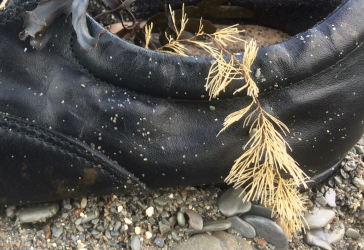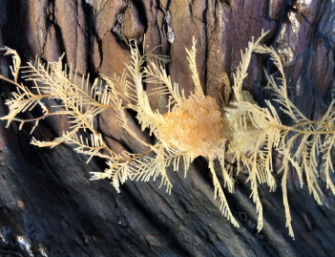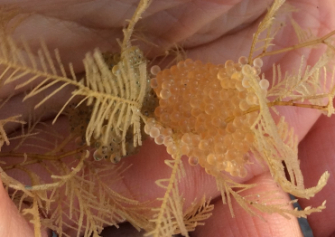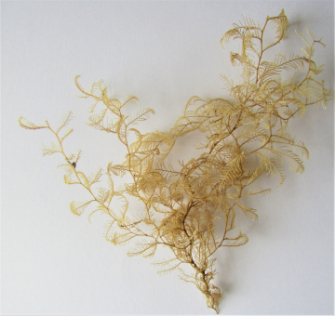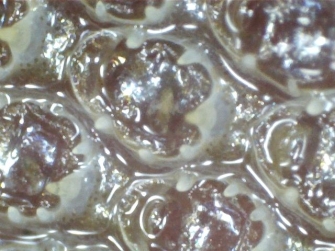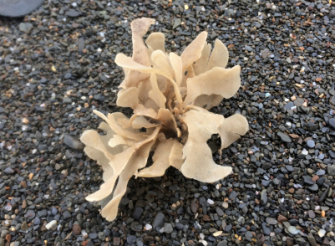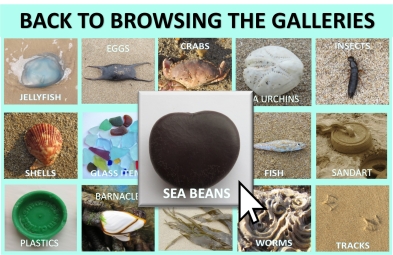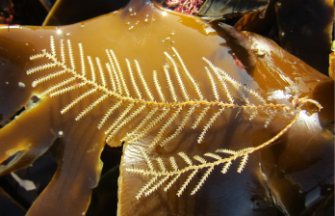

What hydroids and bryozoans have in common is that they are not single creatures, or plants. They are, in fact both colonies of animals each known as a zooid.
Live hydroid in a rock pool. Probably the species Kirchenpaueria similis.
Hydroids (hydrozoa) look like the delicate skeletons of plants, if plants had skeletons. However, they are neither of these things. They are actually colonies of individual animals related to jellyfish.

The animals are carnivourous and catch prey in the water using stinging cells which they have in tiny tentacles around their mouths.
The colony usually attaches to a rock, but when there are no rocks, it seems like an old shoe will do!
A fish has laid its eggs on this particular hydroid - it may have been a reasonable idea if the hydroid hadn't broken away from its anchor.
Hydrozoa on a mussel shell:
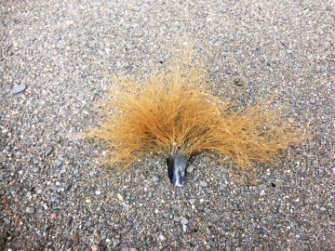
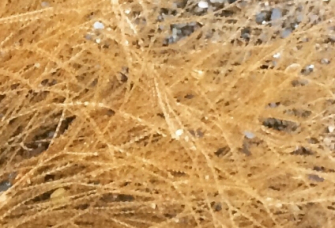
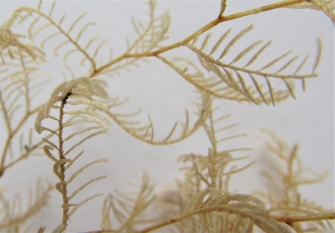
Bryozoa are animals that live in colonies and are dependent on each other - one individual cannot live on its own. They feed on food particles floating in the water around them. They are in many different forms.
The most common form of bryozoa we encounter as beachcombers is known as 'sea mat'. It is a form which covers sea weed like this pictured below. It is commonly also known as Sea moss.
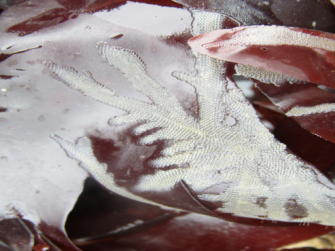
It appears magnified below:
(The presence of hairs suggests that this is Electra pilosa)
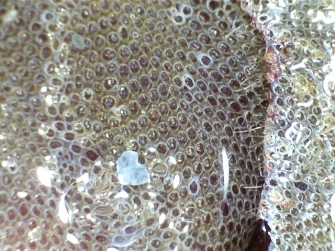
And at x400 magnification:
The above piece of sea mat, I found on the strandline a couple of hours after high tide. It came home with me in my pocket where it stayed while I did some work. So what I was not expecting when I finally got to see it under the microscope was that I would see the zooids still alive and feeding!
Tubulipora plumosa
A small 'flower' colony of bryozoa which are tiny tubes.
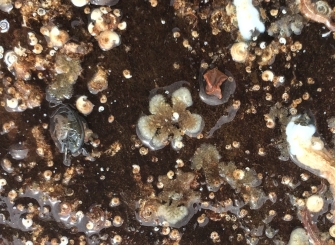
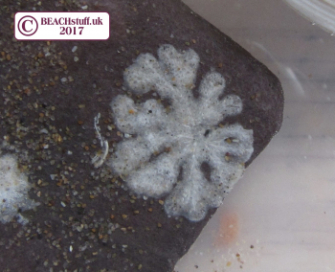
Red ripple bryozoan
Watersipora subatra
Usually red or orange, this covers hard surfaces, usually rocks. This is an invasive species which is now locally common in places in south England.
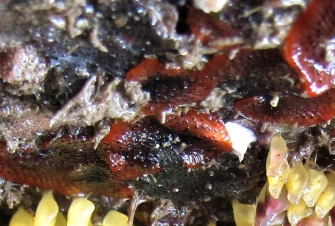
Hornwrack (Flustra foliacea)
Usually mistaken for a seaweed, hornwrack does indeed look very plant-like, with soft leaves. It is in fact, a colony of bryozoa.
In the magnified 'leaf' below, the similarities with sea mat can be seen.
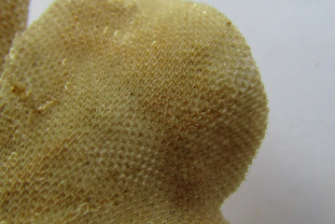
Below is a highly magnified image of hornwrack.
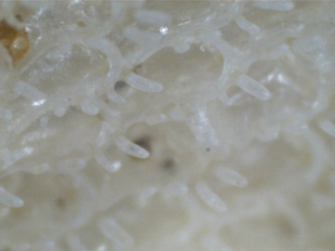
Sea chervil (Alcyonidium diaphanum)
A very different form of bryozoa is Sea chervil, instead of appearing not unlike a soft moss as in those decribed above, this species appears like a smooth, squishy mass. The colony attaches to a rock base and can grow to up to about half a metre in height. It appears in many different forms and colours as in the examples below.
